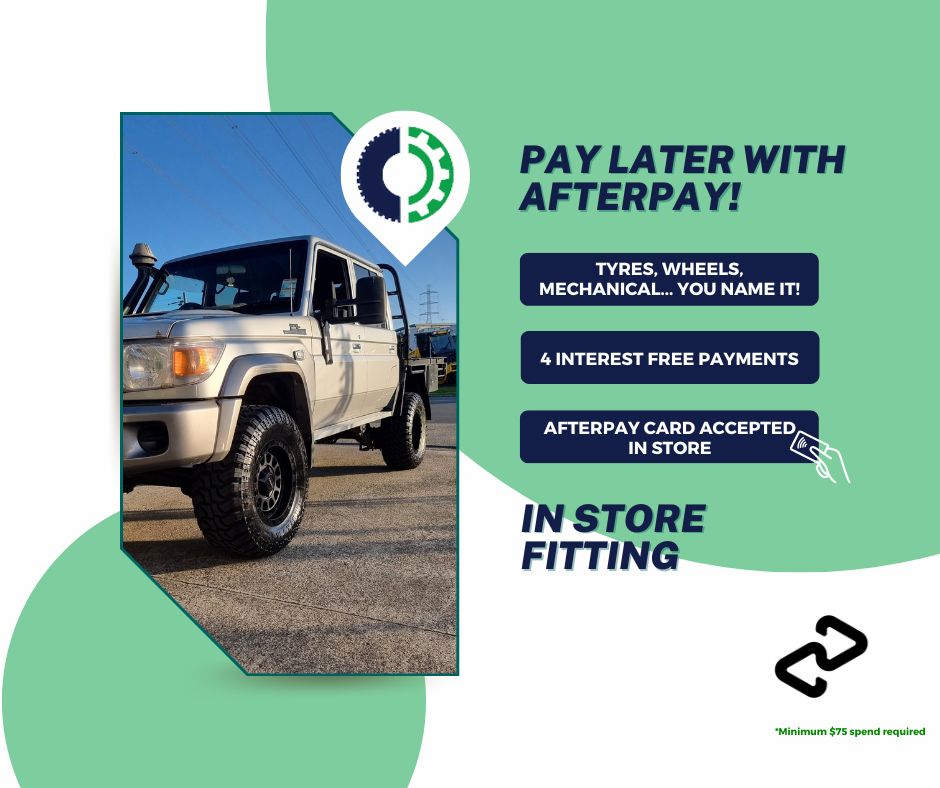CV Joints
Automotive CV Joints: Overview and Causes of Wear
What Are CV Joints?
CV (Constant Velocity) joints are crucial components in a vehicle's drivetrain, especially in front-wheel drive, all-wheel drive, and some rear-wheel drive vehicles with independent rear suspension. They transfer power from the transmission to the wheels while allowing for the up-and-down movement of the suspension and steering.
There are two main types of CV joints:
- Outer CV Joints: These are located near the wheel and are designed to handle the angle at which the wheel moves during turning.
- Inner CV Joints: These are located closer to the vehicle’s transmission and handle the power transfer when the vehicle is moving in a straight line or during changes in suspension height.
Why Do CV Joints Wear Out?
-
Age and Mileage: Over time, the components of the CV joint can wear down due to constant motion and stress. The joints are made up of a variety of parts, including bearings and boots, which naturally degrade with prolonged use.
-
Boot Damage: One of the most common causes of CV joint failure is the rupture or cracking of the protective rubber or plastic boot. The boot is filled with grease to keep the joint lubricated and free from dirt and debris. When the boot is damaged, dirt and moisture can enter, causing the grease to break down and the joint to wear out prematurely.
-
Lack of Lubrication: CV joints require continuous lubrication to operate smoothly. If the grease leaks out due to a damaged boot, or if it becomes contaminated with dirt, the joint may wear faster. This can cause noise, vibrations, or even complete failure.
-
Improper Installation or Maintenance: If a CV joint is not installed correctly or has not been properly maintained, it can wear prematurely. Additionally, inadequate wheel alignment, incorrect suspension angles, or improper torque on the parts can cause uneven stress on the CV joints.
-
Extreme Driving Conditions: Driving on rough roads, making hard turns, or accelerating aggressively can place extra strain on the CV joints. The more the joints are required to flex at sharp angles or operate under stress, the faster they can wear out.
-
Corrosion: In regions where roads are salted in winter, the salt can cause the CV joints and boots to corrode, accelerating wear. If the boots crack, moisture and salt can enter, degrading the joint’s performance.
Signs of a Failing CV Joint:
- Clicking Noise: A common symptom is a loud clicking or popping sound, especially when turning. This occurs because the joint is no longer operating smoothly.
- Vibration: If the CV joint has worn out, it may cause vibrations in the vehicle, particularly at higher speeds.
- Grease Around the Wheel: If you notice grease splattered around the wheel area, it may be a sign that the CV boot has torn and grease has escaped.
- Poor Handling: If the vehicle pulls or handles erratically, it could be due to a failing CV joint that is not functioning properly.
How to Extend the Life of CV Joints:
- Regular Inspection: Have the CV joints and boots checked during routine maintenance to detect any early signs of wear.
- Grease Maintenance: Make sure the CV joints are properly lubricated, and if necessary, the grease can be replenished during repairs.
- Avoid Aggressive Driving: Reducing hard turns, heavy acceleration, and aggressive off-roading can reduce strain on the CV joints.
In conclusion, CV joints are designed to last a long time, but their lifespan can be shortened by damage to their protective boots, lack of lubrication, and harsh driving conditions. Regular maintenance and early detection of issues can help prevent costly repairs.

